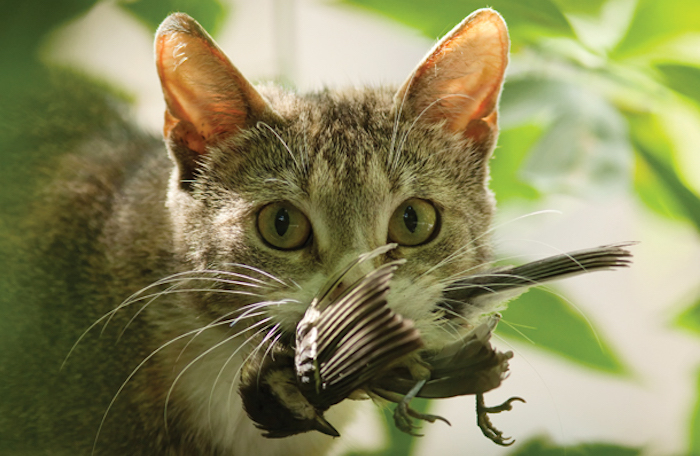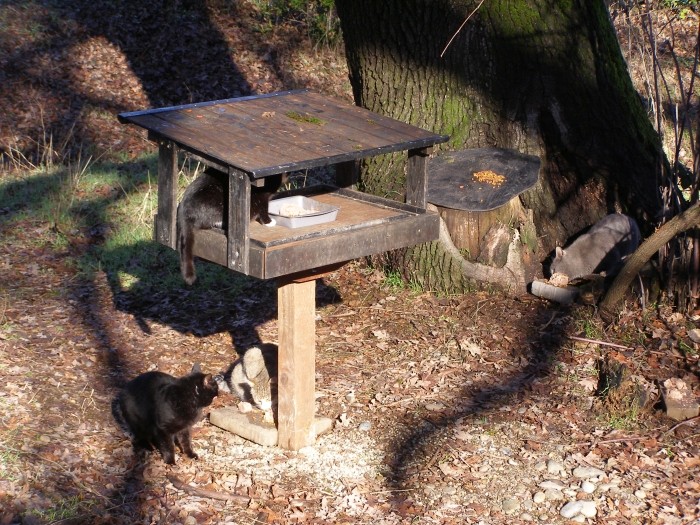Cats Among Biggest Threats to Global Biodiversity
(Washington, D.C., Dec. 13, 2016) Invasive mammalian predators are killing endangered species around the world at much higher rates than previously known and are “arguably the most damaging group of alien animal species for global biodiversity,” according to a recent study published in the Proceedings of the National Academy of Sciences (PNAS). The findings are the latest evidence that cats and other invasive species pose a major threat to birds and other wildlife worldwide.
Non-native mammalian predators have contributed to the extinction of 87 bird, 45 mammal, and 10 reptile species, and have helped put another 596 species at risk of extinction, according to the study by Dr. Tim S. Doherty and colleagues, most of whom are researchers affiliated with Australian universities. Chief among these predators are cats, which have negatively affected 430 species of threatened or now-extinct birds, mammals, or reptiles.
The researchers estimate that cats have contributed to the extinction of 63 species, including 40 bird species—approximately double the number of extinctions previously attributed to these non-native predators. Combined with introduced rodents, such as Norway rats, “cats are major agents of extinction, collectively being listed as causal factors in 44 percent of modern bird, mammal, and reptile species extinctions,” Doherty et al. write. Both cats and rodents negatively affect the most bird species.
“This comprehensive study confirms yet again just how dramatic an impact cats and other invasive predators are having on bird and other wildlife populations,” said Grant Sizemore, Director of Invasive Species Programs at American Bird Conservancy. “Its findings are striking evidence that the problem is even bigger than previously recognized.”
ABC remains dedicated to confronting the challenge of outdoor cats. “Cats are popular pets, and many of us at ABC have pet cats. Once introduced into the environment by people, however, these cats cause extensive negative impacts,” Sizemore said. “Native species are ill-equipped to defend against such effective predators.” Not only do these cats kill birds and other native species, they also spread diseases such as rabies and toxoplasmosis that put human and wildlife health directly at risk. “The only realistic long-term solution is to contain cats, which simultaneously protects cats, wildlife, and people,” said Sizemore.
Learn more about ABC’s commitment to combating the threat of invasive species and our campaign to keep cats indoors. A recent Q&A on ABC’s Bird Calls blog has more on why cats represent such a serious threat to our irreplaceable wildlife.
###
American Bird Conservancy is the Western Hemisphere’s bird conservation specialist—the only organization with a single and steadfast commitment to achieving conservation results for native birds and their habitats throughout the Americas. With a focus on efficiency and working in partnership, we take on the toughest problems facing birds today, innovating and building on sound science to halt extinctions, protect habitats, eliminate threats, and build capacity for bird conservation.
Contact: Grant Sizemore, 202-888-7480


